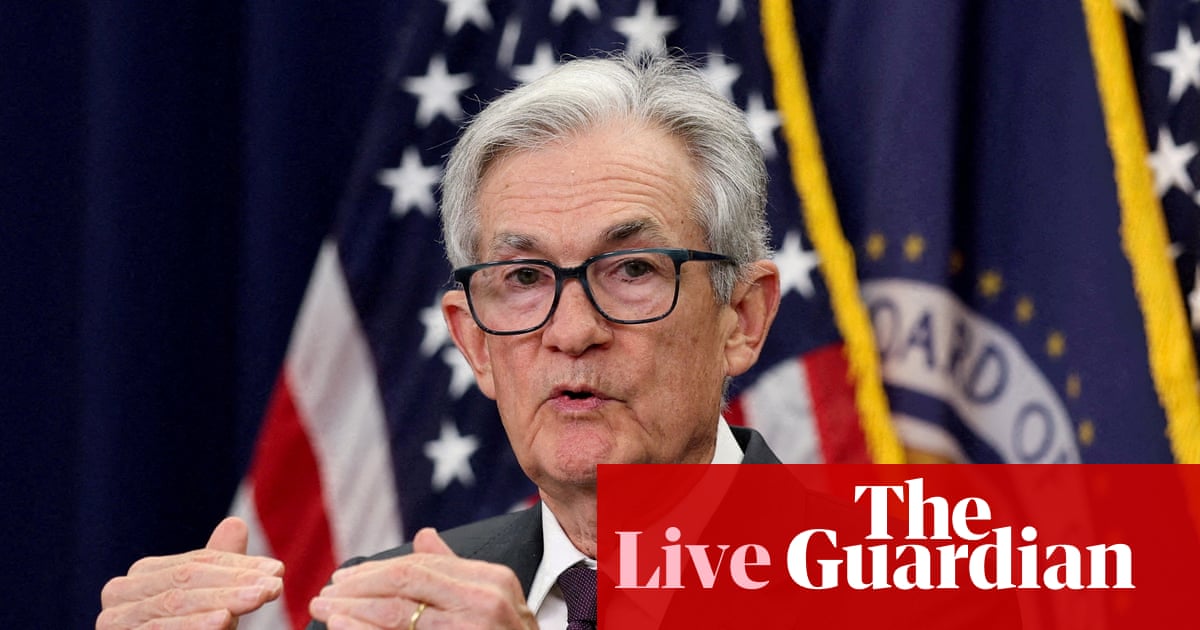
"Powell said that the unemployment rate, while still generally low, has edged up. Job gains have slowed and the downside risks to unemployment have risen, he said. Powell pointed to new immigration policy as a major factor in the labor market slowdown. A good part of the slowing likely reflects a decline in the growth of the labor force, due to lower immigration and lower labor force participation, Powell said. Even so, labor demand has softened and the recent pace of job creation appears to be running below the breakeven rate needed to hold the unemployment rate constant."
"Powells also said higher tariffs have begun to push up some prices in some categories of goods, though the full impact have yet to be seen. Price increases due to tariffs could be a one-time price increase or it could lead to persistent inflation. Our obligation is to ensure that a one-time price increase in the price level does not become an ongoing inflation problem, he said."
The Federal Reserve lowered its policy rate by 25 basis points to a 4.00–4.25% range, the first cut since December 2024 and the lowest level since November 2022. The decision followed signs of a weakening labor market: unemployment has edged up, job gains have slowed, and labor demand has softened. Slower labor force growth reflects lower immigration and reduced labor force participation. Fed projections show unemployment rising to about 4.5% by year-end. The Fed warned that higher tariffs are beginning to raise some goods prices and could create either one-time price increases or persistent inflation, which must be contained.
Read at www.theguardian.com
Unable to calculate read time
Collection
[
|
...
]